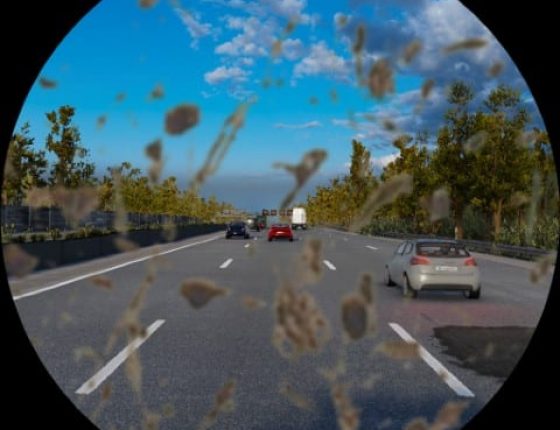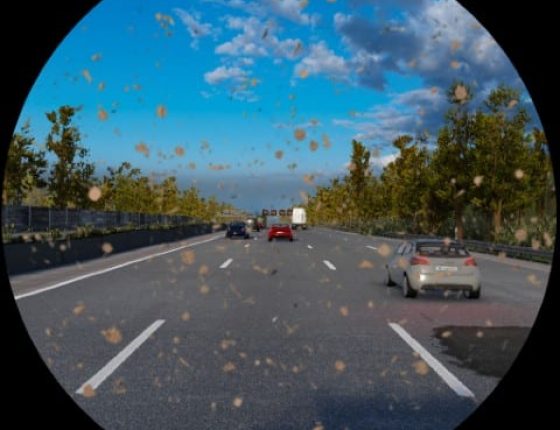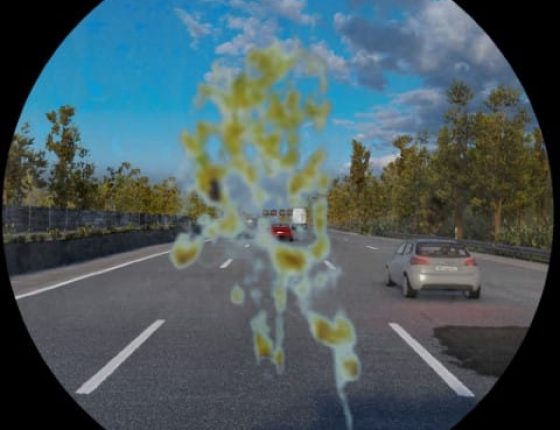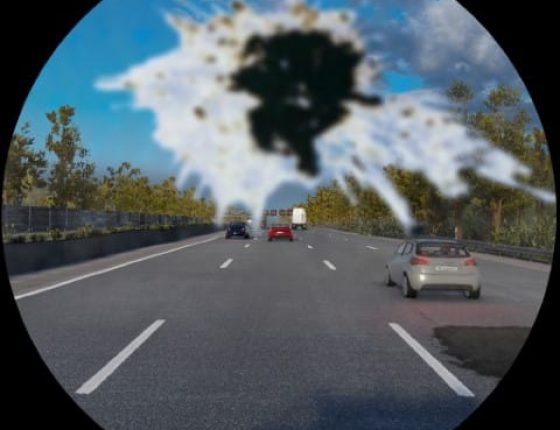- ProductsIndustries
- IndustriesIndustries
- COMPANYIndustries
- NEWSROOMIndustries
- CAREERSIndustries
Menu
Modern cars sense their surroundings with complex sensor systems to safely alert and navigate. Developing ADAS systems requires a high level of sensor fidelity. Advancing toward autonomous vehicle requires a combination of sensor fidelity with different types of sensing capabilities.
Cognata’s sensor capabilities, combined with the scenario studio engine provide the variability needed in order to train and test advanced ADAS systems according to the latest regulatory requirements as well as advancing autonomous AD systems to commercial deployment.
Cognata’s simulation engine supports multiple sensor viewers, as well as sensor fusion simulation, enabling map making and reading, path planning and avoiding obstacles of various kinds. On top of the different sensor viewers, there are also additional customization options such as lens distortions, dust and dirt, weather and light conditions, and much more.
With the rise of autonomous robotic training in the defense sector, there is an increased need for long-range camera training (hundreds and thousands of meters).
With sophisticated use of synthetic data provided by the Cognata platform, combined with specific customer requirements, we are able to provide tailored-made long-range camera training data for efficient and fast sensor training of all classes.



Automotive-grade Radar is one of the backbone sensors and complements other safety systems when developing fully autonomous vehicles, due to its unique characteristics that usually compensate for some of the RGB camera disadvantages.
Training, testing, and validating Radar systems by using simulation capabilities accelerate development time and provides solid safety metrics.
Cognata’s Radar sensor simulation supports out-of-the-box different automotive-grade Radars, as well as the ability to configure custom models.

Automotive LiDAR is one of the key sensor systems in autonomous vehicles preset, widely used by most of the industry.
Cognata’s simulation offers complete customization of the physics-based LiDAR sensor model, including intensity parameters, and complete control over scanning patterns.
Sensor model features include advanced LiDAR noise control, rolling shutter, and reflectivity.
Used mostly for off-road use cases, Cognata’s platform enables new Thermal camera models using Infra-red (IR) emulation. Cognata is leveraging DNN technology to improve thermal fidelity, and to create thermal synthetic data that can be used to train, test and validate thermal camera & scenarios.
Cognata’s thermal data, combined with synthetic digital twin technology, enables full control and customization over scene and materials’ thermal characteristics.
Thermal models are available in Ideal, Wide, Narrow, Fisheye and Omnidirectional camera models.

Car sensors are known to get smeared, have grime and mud thrown at them, get rained on, iced over, and put through extreme heat and hours of direct sunlight, yet they need to operate flawlessly.
While OEMs are developing more and more intricate methods to keep sensor systems clean, it is important to train automotive sensors accordingly, to enable the safe deployment of intelligent, self-driving vehicles.
Cognata provides tens of ready-to-use lens stains, as well as the option to upload custom models.


















Cognata’s sensor simulation offers, in addition to the traditional wide panoramic fisheye with a 180° wide panoramic, an industry-unique Omnidirectional fisheye camera configurable model.
With a fully customizable lens distortion model (open CV, Scaramuzza), Cognata’s Omnidirectional fisheye cameras (250°) are known, in addition to a panoramic view, to provide greater situational awareness, reducing potential blind spots, and the ability to create split views in different directions.
Cameras mounted on self-driving cars are considered the most cost-efficient of the sensor technologies. These sensor arrays provide different fields of view, up to a complete 360°.
Cognata’s platform provides the highest standard for industry rendering, front & rear views, object ground truth as well as adjusted camera mounting to provide the most accurate view possible.
Camera models are available in Ideal, Wide, Narrow, Classic Fisheye, Parametric Fisheye, and Omnidirectional Fisheye views.




RGB cameras, sophisticated as they are, mimic today’s known physical camera phenomenon. This becomes a relevant issue when such images are processed by safety-critical applications.
It is known, therefore, that when software and system engineers are aiming to build resilient architecture or assess application robustness, the definition of physical lens performance and a scenario library would benefit the models significantly.
Cognata’s platform supports multiple camera augmentations – glare, motion blur, vignette, focus, and bloom, and enables accurate simulation of real-world performance.